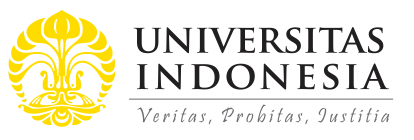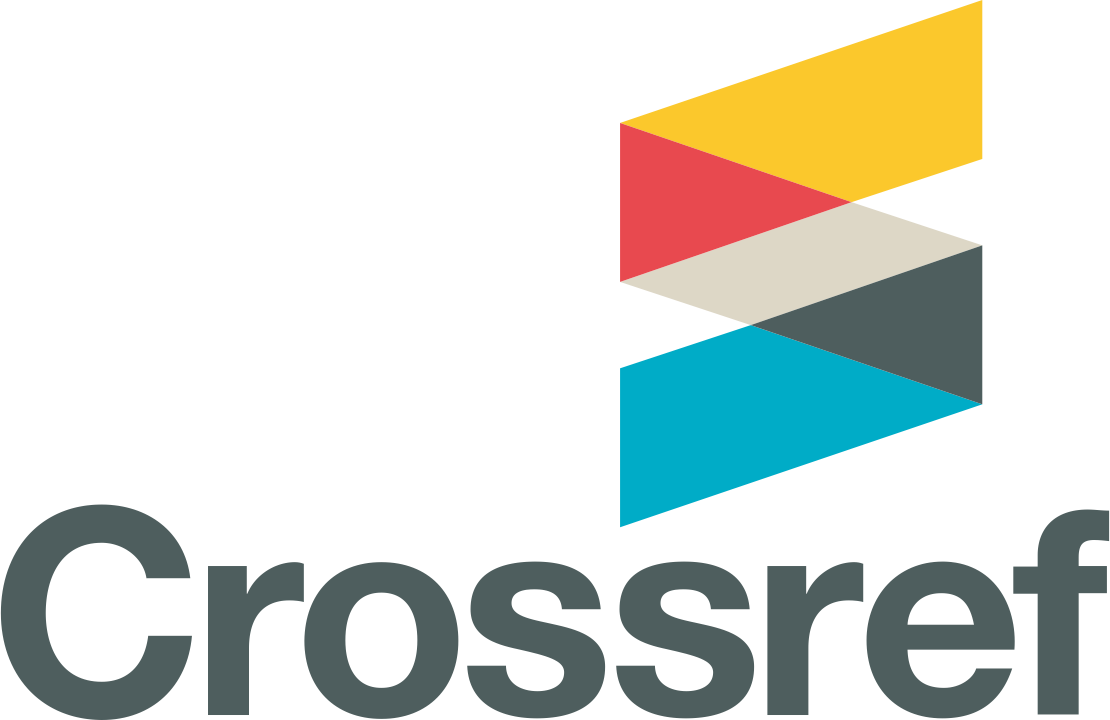Abstract
The aim of this paper is to examine the validity of the four-factor asset pricing as a comparison the standard Fama-French three factor model using U.S. monthly stock return data from period January 1963 to December 2010. Monthly stock return are constructed into 25 portfolio while the four-factor model includes the market factor (beta), the size factor (SMB), the book-to-market factor (HML), and the ‘momentum’ factor (MOM) which represents winners minus losers in terms of returns. Time series regressions following Fama and French (1993) are employed which includes the three-factor model as well as the four-factor model. Results indicated that the four-factor model to some extent have significant capability in explaining the variations in average excess stock return which consistent with Carhart (1997). R2 from the four-factor model is just slightly higher than the three factor model yet it provides indicative for the robustness of the model. Meanwhile, the January seasonals are also able to be absorbed by the risk factors including the market, SMB, HML, and MOM. Since the four-factor model seems capable in explaining the variation of the stock returns then application of this model in emerging markets may provide guidance for investor in understanding the market condition.
Recommended Citation
Awwaliyah, Intan Nur and Husodo, Zäafri Ananto
(2017)
"On the Robustness of The Extended Fama-French Three Factor Model,"
Indonesian Capital Market Review: Vol. 9:
No.
2, Article 5.
DOI: 10.21002/icmr.v9i2.10014
Available at:
https://scholarhub.ui.ac.id/icmr/vol9/iss2/5












